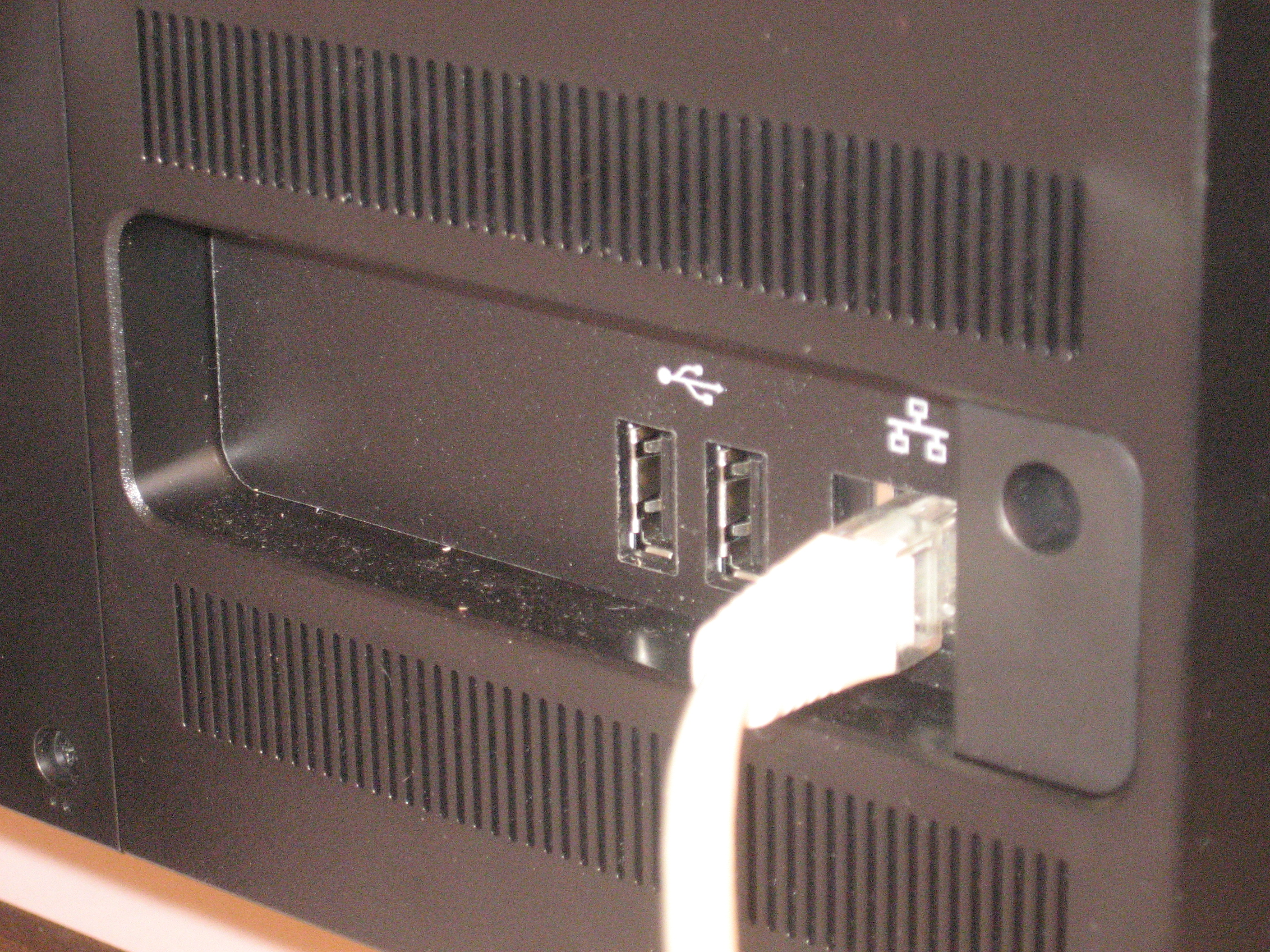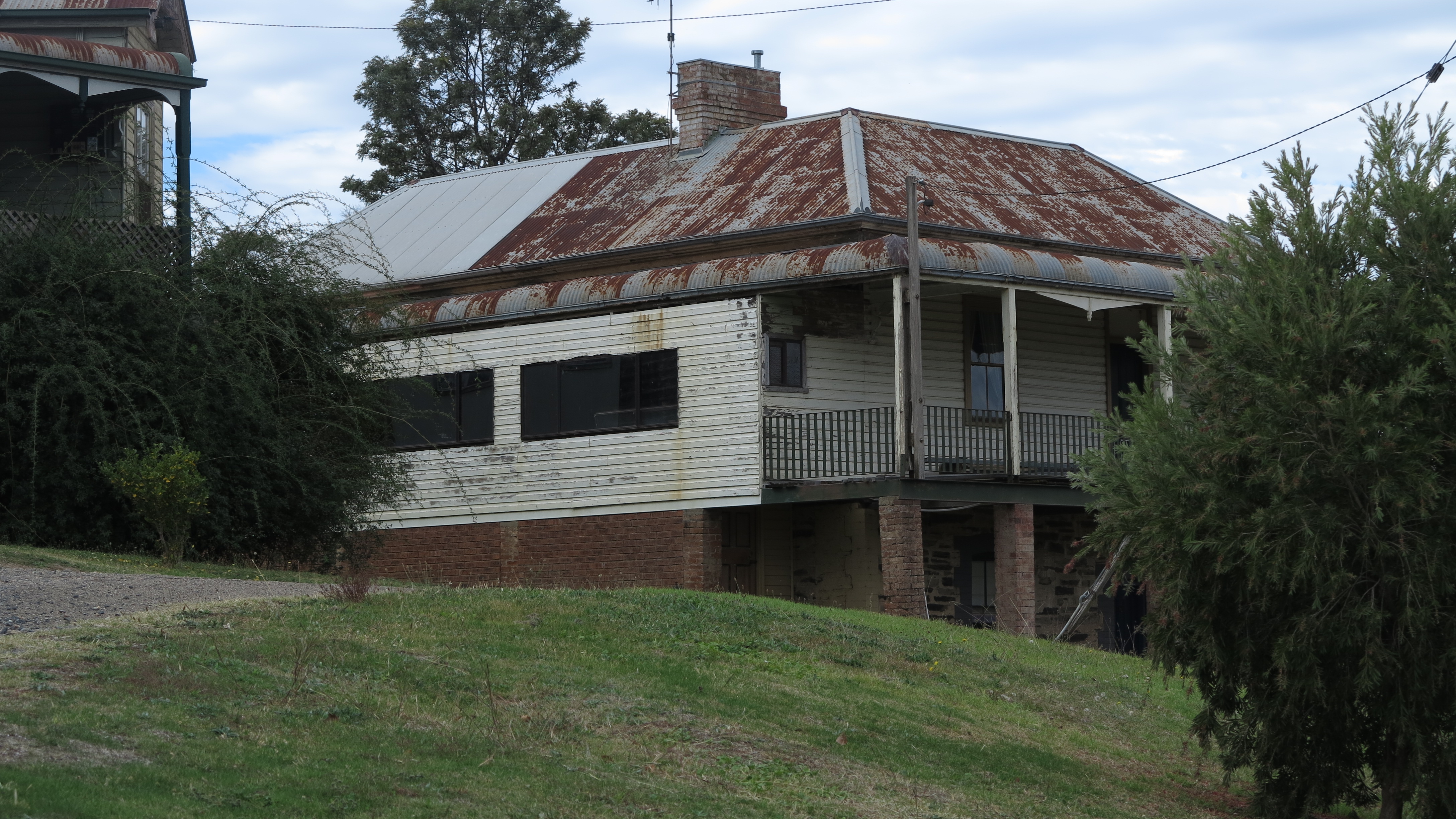Over this coming year, there will be product launches for MoCA-based home-network devices that are to be sold through mass-market retail. But this article explains what the new MoCA coaxial home networking technology is about.
What is this MoCA thing all about
MoCA has one thing common to the old coaxial-based local area networks – 10Base2 ThinNet and 10Base5 ThickNet, in that they all use RF-style coaxial cable. But the similarity stops there.
Unlike the old coaxial-cable networks, this network uses the 75-ohm TV-antenna cable commonly used in our homes and offices and can work with an ad-hoc cable layout. This means that you can use splitters and have sockets not having anything plugged in to them which is common with TV-antenna and cable-TV setups.
The reason it is designed to work like this is because the MoCA system is meant to use an existing cable-TV or TV-antenna wiring installation for transporting data. It is also meant to share the cable’s bandwidth with regular analogue and digital TV signals from the cable-TV service or the property’s TV aerial (antenna).
This system will come in to its own with such setups where there are multiple antenna or cable-TV sockets installed around a house to suit the installation of many TVs or an easily-relocatable TV set in different rooms.
Difficult installations
RF amplifier setups, including “active amplifiers” driven by digital-TV set-top boxes will need to have a bypass filter working between 875-1500 MHz. This may be more important with inline booster or hub (distribution) amplifiers rather than headend amplifier setups like TV-aerial masthead amplifiers.
In some cases, you may need to install a 850MHz low-pass filter at the entry point of your TV signal infrastructure such as your TV antenna (aerial) or cable-TV entry cable. This may be to comply with government RF-interference laws or to improve signal quality in a cable-TV setup.
A cable-TV provider or a competent TV-antenna technician can perform any of these modifications listed above if your system needed them.
A MoCA installation won’t work properly on a satellite-TV setup because of the sophisticated nature of these setups. These installations are typically on their own coaxial path which is separate from the broadcast TV-aerial path that is common with satellite as a pay-TV medium. This issue may be more of concern where all of the TV service is being received via satellite such as in rural or remote areas.
As well, most of the MoCA-Ethernet bridge devices come with software which determines the operating frequency and network password, which can come in to use when handling difficult installations. As well, you could set another group of units to work on a different frequency and network password if you want to create a separate MoCA network segment on the same coaxial wiring.
If you are installing MoCA hardware, especially Ethernet-to-coax bridges, on TV-antenna systems in countries which are based on the PAL system like Europe, Australia or New Zealand, you will run in to a problem with the coaxial connectors typically used in these areas for such installations. These countries typically use a “push-in” connector, commonly known as a “PAL connector” or “Belling-Lee connector” for the TV-antenna installation, rather than the screw-on “F-connector” used in North America and other countries based on the NTSC system. This problem can be rectified with the use of connector adaptors that either may be supplied with the hardware if it is sold in any of those countries or can be obtained from a local electronics store. It can also be rectified through the use of cables that have an F-connector on one end and a PAL connector on the other end.
Link Speed Comparison
| Theoretical | Actual | |
| MoCA | 230Mbps | 175Mbps |
| HomePlug 1.0 Turbo | 85Mbps | 10Mbps |
| HomePlug AV | 200Mbps |
Where is MoCA suitable for and relevant to
The prime application for MoCA would be multi-room “personal TV” service where there is a set-top box for each TV set in the house. In this setup, the MoCA network is used as a data network and a digital streaming network between the main high-capacity “personal TV” device and other “view-only” set-top boxes or low-capacity “personal TV” devices. This can permit functions like setting up recordings from any TV in the house, viewing recorded content anywhere and moving between TV sets without losing the spot in the content.
It is also relevant to households who have cable Internet and one or more cable-TV points (with or without cable-TV service) in other parts of the house. They can then use the cable-TV infrastructure as a network link to that area of the house.
As a network medium, it works well if there is a significant amount of coaxial-cable infrastructure in place, typically at least 1 socket in at least 2-3 rooms. This reduces the “reach” ability of this “no-new-wires” wired-network medium compared to the power-line-based HomePlug medium.



